Frostproof yard hydrants are definitive compression water fixtures for outdoor. It is used in an environment where freezing temperatures are typical. It’s also called a water pump. Yet, it operates with the hose connector and control level above the ground. Yet, the operating valve is under the ground at the place where the freezing condition does not occur.
Yet, the yard hydrant has design that permits it to drain and stop winter freezing. They are very beneficial when installed but create problems when not installed well. So, installing the yard hydrant with a professional plumber is vital.
Dimension
| Size | Total Length | Bury Depth |
| 1Ft | 39.4 inches | 12 inches |
| 2Ft | 51.6 inches | 24 inches |
| 3Ft | 63.8 inches | 36 inches |
| 4Ft | 75.6 inches | 48 inches |
| 5Ft | 87.4 inches | 60 inches |
| 6Ft | 99.6 inches | 72 inches |
| 8Ft | 123.6 inches | 96 inches |
Why Use a Yard Hydrant?
Yard hydrants provide a beneficial source of water where you might need easy access. Farmers use them to water their livestock. It allows water to fields and keeps pens without any problem. They’re additionally helpful in huge nurseries or yards that need routine watering. Some property holders fix yard hydrants close to their carport for vehicle washing.
A very set hydrant disposes of the need for carrying a garden hose quite far. It forestalls the need to cover huge ranges by reducing many hoses, which cause spills. Yet, you might not have thought about yard hydrants before. Yet, you might search, considering how you lived without one, whenever it’s fixed.

How Does a Yard Hydrant Work?
- Opening
Raising the handle extends the attaching bar and plunger of the valve core. The rod plunger permits water to move through the valve body and up the standpipe. Also, increasing the plunger shuts off the channel port.
The extended plunger cuts off the channel port. Yet, it permits water to move through the valve port. The water then moves through stream channels up the expanded tube. In the end, it was released.
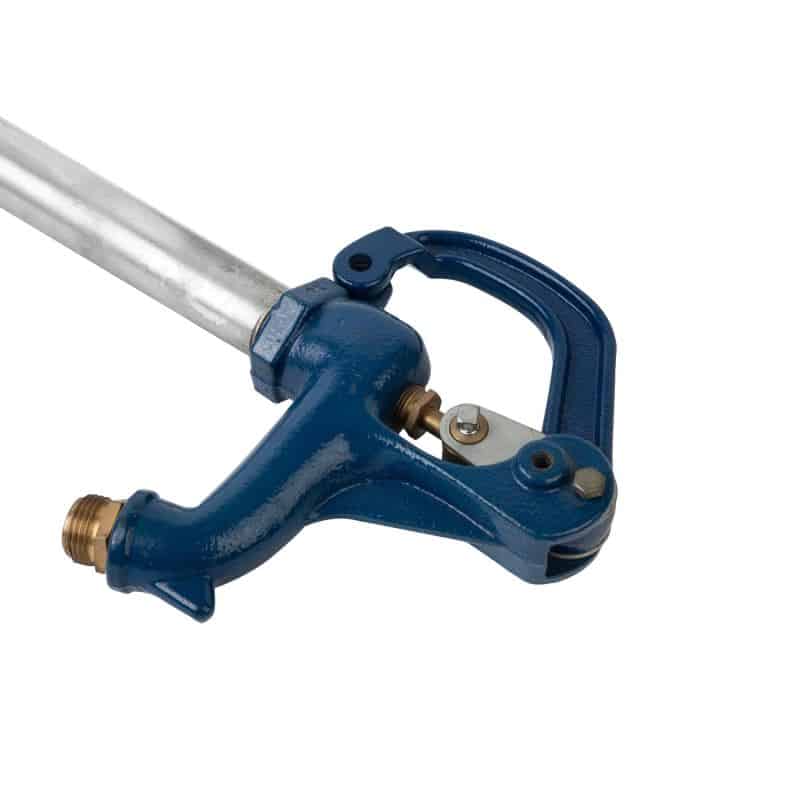
- Shutting
Shutting the handle lets the attaching rod plunger down onto the valve body seat. The lower-down plunger stops water from the water line and opens the channel port. This permits the water in the vertical line to empty down. It also allows emptying the channel port into the persecuted stone channel bed.
For suitable drainage, air should be apt to enter through the spout. Connecting a hose or another gadget to the tap. It can keep air from getting in and, in this path, quit the draining system.
It requires roughly 45-60 seconds to finish on a 4ft buried yard hydrant. The channel port in the valve body is underneath the drain port. Yet, all water over that is released, and the chance of freezing is wiped out.
What are the Hydrant Components?
The most comprehensive yard hydrant brands are Simmons, Merrill, and Woodford. Every hydrant brand has distinctive elements and various looks. There are three significant parts to all hydrants:

- Vertical Pipe
The vertical pipe comes out of the ground. Yet, the cast part that builds up the hydrant’s head should be raised and avoided when the water is switched off. This standpipe is mainly made of galvanized steel. Some hydrants have pipes produced using stainless steel or brass. Yet, these will cost more than other hydrants. Selling a hydrant is not worth the price, except if you have soil or corrosive water.
- Yard Hydrant Head
The main flung component of a yard hydrant has many sizes and shapes. Yet, all meet a similar essential need. They have a handle that will lift the wet line or the bar when drawn up. Yet, it permits water to move through the valve, up the upward pipe, and out the hydrant head.
The head has an outlet for water to stream the water. A few hydrants will have this outlet strung. By this, the garden hose or other link can be snared up, and some hydrants will recently have a smooth outlet. This is something to pay attention to while picking a hydrant for your farm and home.
The last thing you will find on all hydrant heads is a method for changing the hydrant. A few hydrants will have stream controls set so you can track down the ideal stream of water.
You can keep that as a fixed on your hydrant when it changes. Many have a compression nut that changes if the bar in the hydrant comes with alignment. Suppose there is a good amount of dripping or spilling. You can often change the compression nut to reduce that issue. These components will vary across brands.
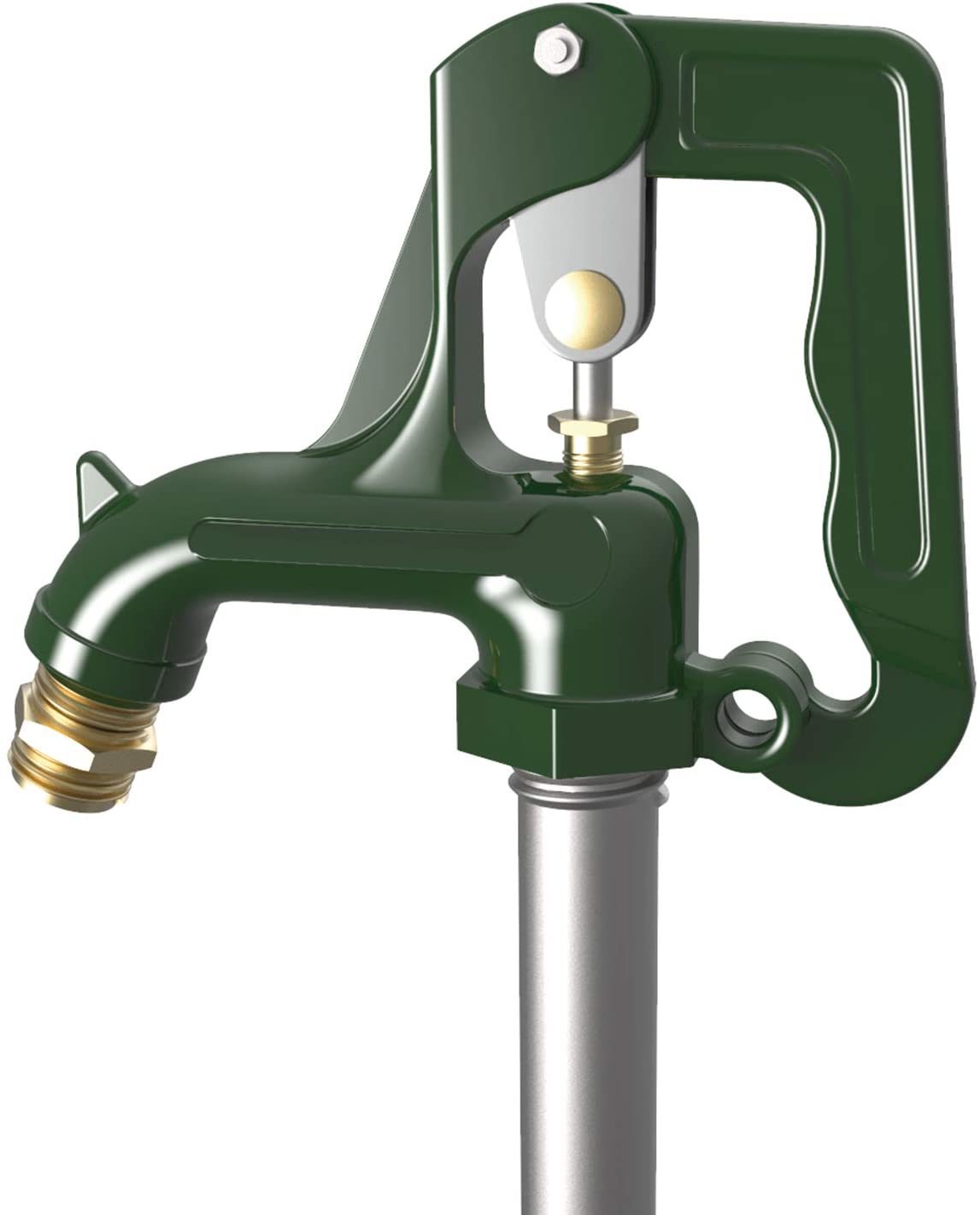
- Valve Assembly
There are two basic designs of valves. It is plungers and O-ring. A few producers pick a stream of 2 or 3 O-rings in the area that will shut the water down. The more typical approach is to use an elastic plunger joined to a bar to plug off the coming water.
The hydrant brands that use an O-ring style change will have a good stream through the hydrant. Yet, the O-rings wear out much quicker than plungers and are more difficult to supplant. O-rings can rip and tear. They sometimes get stuck in the valve body, making it difficult to set new ones.
The styles that use the plunger are more opposed to having the whole plunger piece stuck down at the base while trying to fix it. Yet, this style has a steel bar that goes down and joins the plunger. Over an extended period, these bars can flop because of corrosion.
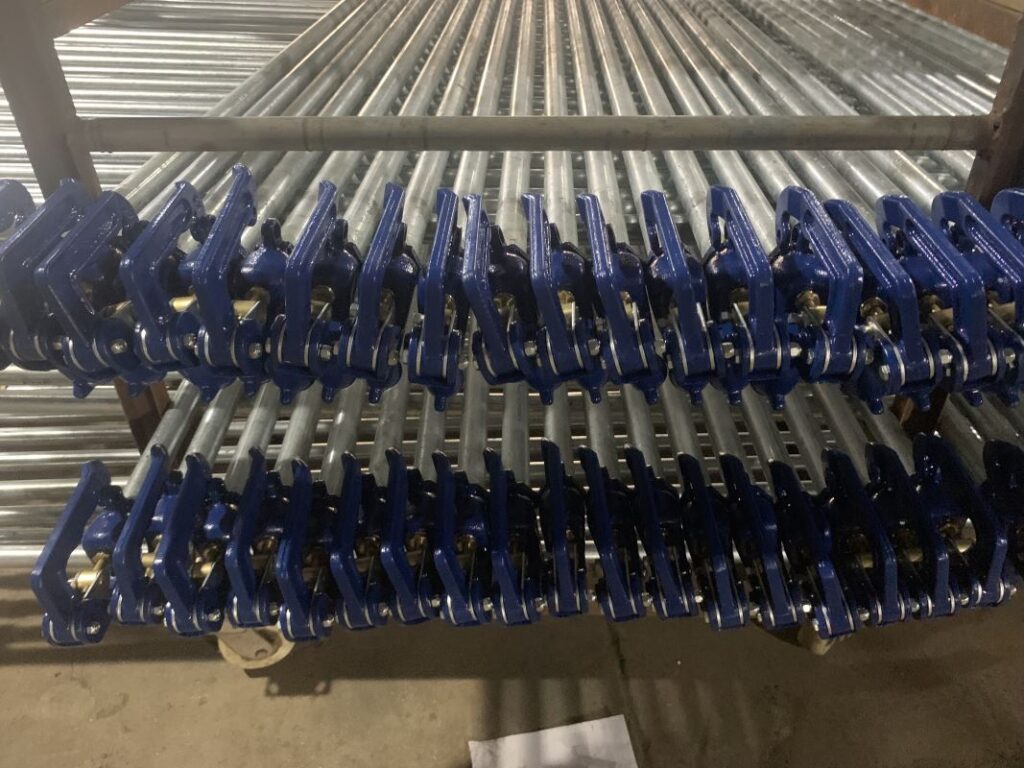
How Long Will the Yard Hydrant Last?
There is no frost-free yard hydrant available that will endure forever. When standard hydrants arrive at the finish of their life, they are uncovered and supplanted. One technique for ensuring you can fix and substitute your hydrant when it breaks is to fix it. This is a Hydrant Assist Kit.
Yet, a Hydrant Assist Kit is a basic, workable framework that takes your yard hydrant to a higher level. It does two good things. It extends the existence of your hydrant by destroying the dirt contact from the upward pipe. Also, it permits you to fix or substitute the hydrant from the surface in time without the drive to dig. This basic kit can save you money when that is not a large number of dollars and hours of your time.
How to Replace the Frost-Free Yard Hydrant?
Require tools
- Screwdriver
- Pliers
- Two pipe wrenches
Materials
- Plumber’s tap
- Spray penetrating oils (If needed)
- Frost-free hydrant repair kit
- Silicon plumber’s greases (If optional)
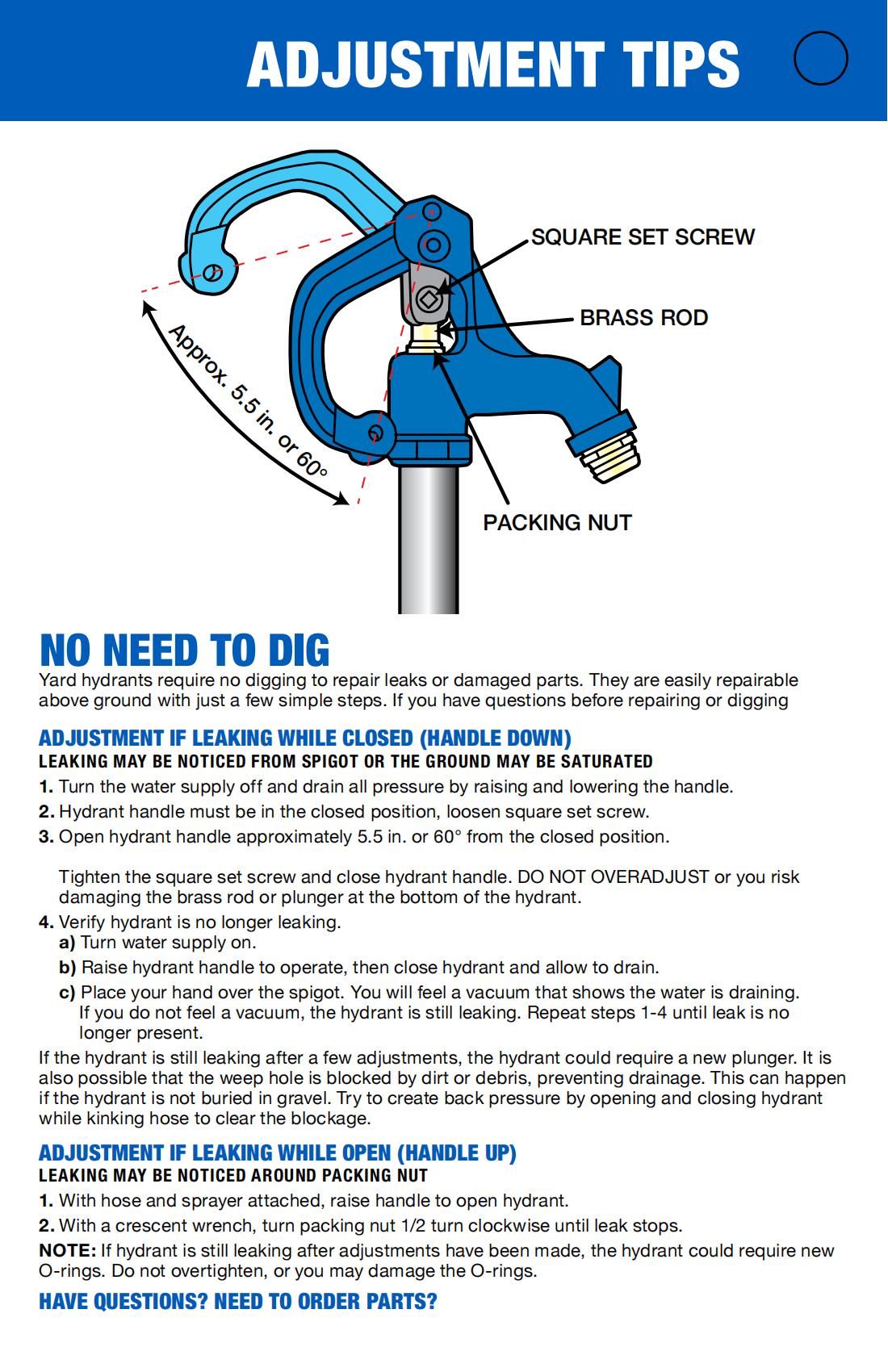
Guidelines
1. Shut off the water
Close off the water supply to the hydrant. There might be a shutoff valve simply on its water line. Explore in the basement or crawl space for lines. It exits the house into the ground (hydrant lines cover underneath the frost line. You can switch off the water at your home’s main shutoff valve if there’s no shutoff valve on the single water line.
2. Remove the Hydrant Head
Eliminate the hydrant head from the standpipe utilizing a two-line wrench. Put one twist on the standpipe to hold it up and hold it back from turning. Yet, use the other wrench to grasp the hydrant head and unscrew it. The twists should look in the opposite position. When the head doesn’t move, apply oil to the line strings under the head, wait, the oil will enter, and try again.
Yet, it would help if you lost a linkage set screw and a compression nut on some hydrant models. These can be done on the head before turning the head. Try not to end the setscrew or compression nut; loosen them.

3. Eliminate the Pump Rod
Pull up and eliminate the long siphon bar from inside the standpipe. If vital, grasp the rod with pliers to stop it; use forceps on the outer part of the bar, not on the metal shaft. Unscrew the old plunger from the bar’s finish, utilizing a screwdriver. Introduce the new plunger and secure it with the screw.
Some substitution plungers come pre-greased up. Yet, if yours isn’t, cover the assembly with silicone waterproof handyman’s oil. It will assist it with sliding down into the standpipe. Try not to use oil-based greases, which can harm the seal.
4. Reassemble the Hydrant
Reinsert the siphon bar into the standpipe until the plunger is against the valve seat at the lower part of the standpipe.
Clear any old handyman’s tape or line joint compound from the standpipe strings. Apply a new handyperson’s tape to the ropes, then screw the hydrant head onto the standpipe. Fix the head so it is comfortable and confronting the ideal way. Retighten the setscrew as well as compression nut, if material.
Rotate out and check for spills. If the hydrant spills or the rod is damaged on the other side, you might have to uncover and supplant the yard hydrant.
5. Modify the Shutoff (As Needed)
If the hydrant switch can’t shut or the fixture keeps spilling water when the switch closes. You might have to change the hydrant’s shutoff. Yet, most hydrants have a square-head locking rotation or setscrew. It loosens to little acclimation to the switch’s place. You might have to tinker with the change until you track down the point. It measured the proper amount of understrain to the siphon bar to stop the stream of water.
Yard Hydrant Maintenance
Luckily, yard hydrants need much consideration, yet a couple of issues can manifest. Most problems with these hydrants must be that they weren’t covered enough. Yet, sometimes, it couldn’t drain as expected. Taking as much time as needed and getting the establishment right can save you issues later. So, even you could have a few minor issues.
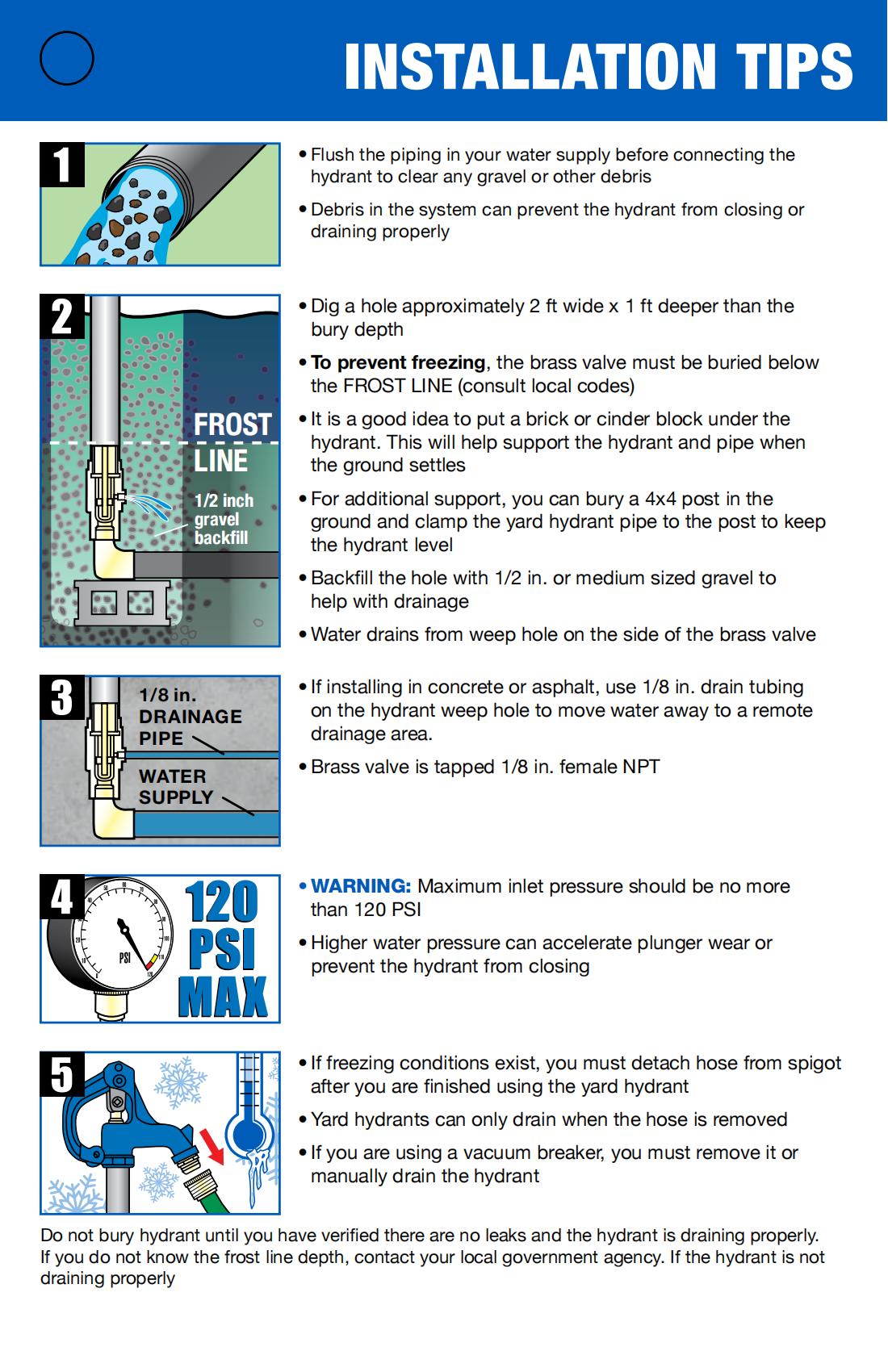
If your hydrant doesn’t stop as far as possible, you want to change the place of the valve plunger. You can do this with most hydrants by loose a set screw that links the handle to the working bar. Then, you change the handle position (this differs by model) and retighten the hard screw. The thing is to make the bar — and, in this manner, the plunger— drop farther down to seal against the valve seat.
If your hydrant spills, fixing the brass compression nut will do the job. If fundamental, you might supplant the whole hydrant head. A yard hydrant is a simple gadget, so you can check and fix the central part of these issues yourself if you know this. There’s no disgrace in calling a handyperson if you have no proper knowledge.
Typical Places Where Yard Hydrants Are Used
Rural Residences
One more well-known spot to have yard hydrants introduced is rural residences. Many houses may not be on a ranch. Yet, they have different structures and vast land areas where water might be a resource.
Farms
This is one of the most well-known utilizes for frost-free yard hydrants. Water is required in many far-off areas throughout the year on a farm. With a Yard Hydrant, you can get water to these spots regardless of the temperature. This saves dragging water from one structure to another for the animal to meet water.
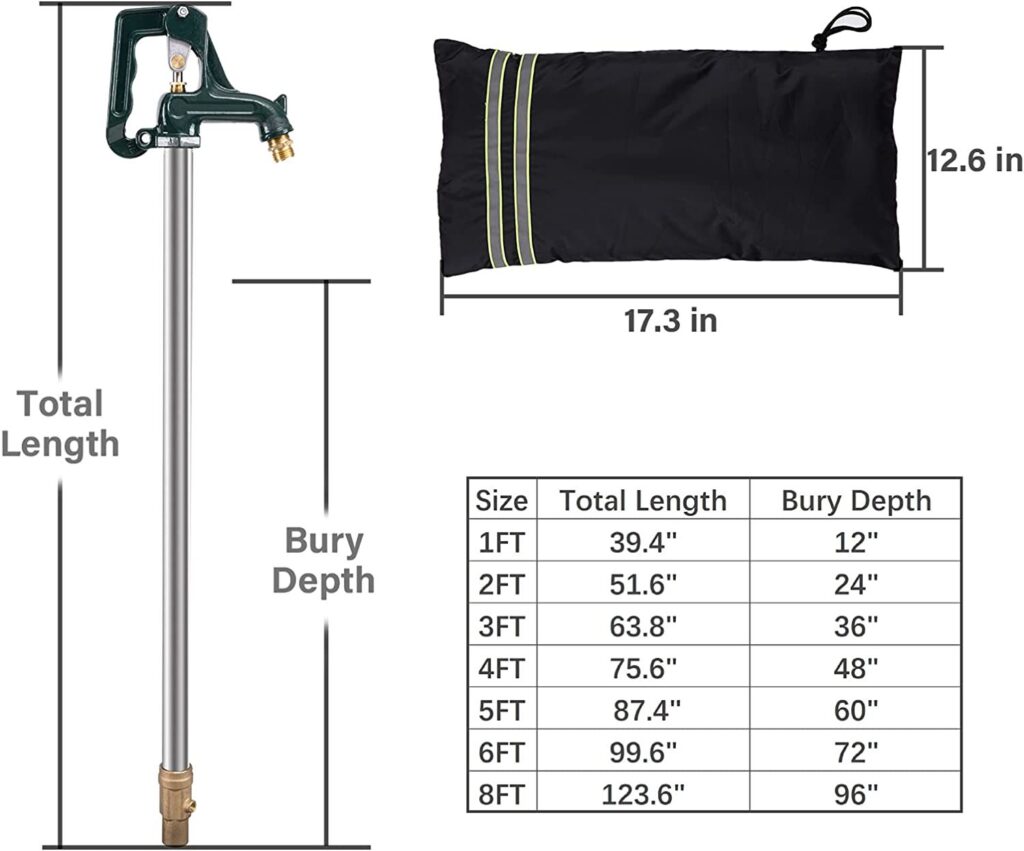
Camping areas
Campsites are another phenomenal spot to use yard hydrants. Hydrants are installed all over because of how much water is required in various areas. Yet, the individuals have simple access to water. Yet, this recovers time for individuals to get water. It builds the workable region you can have. In more modest camping areas, unified water sources might be feasible. Yet, individuals will walk a long way to get water.
